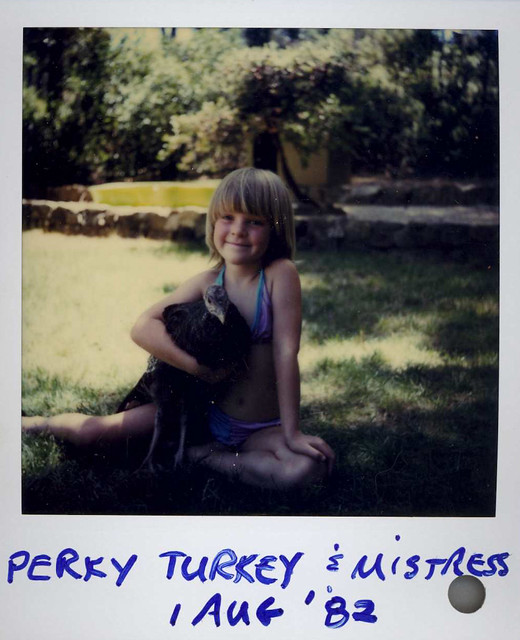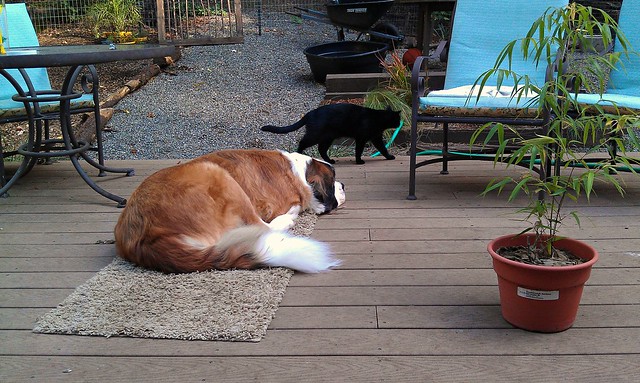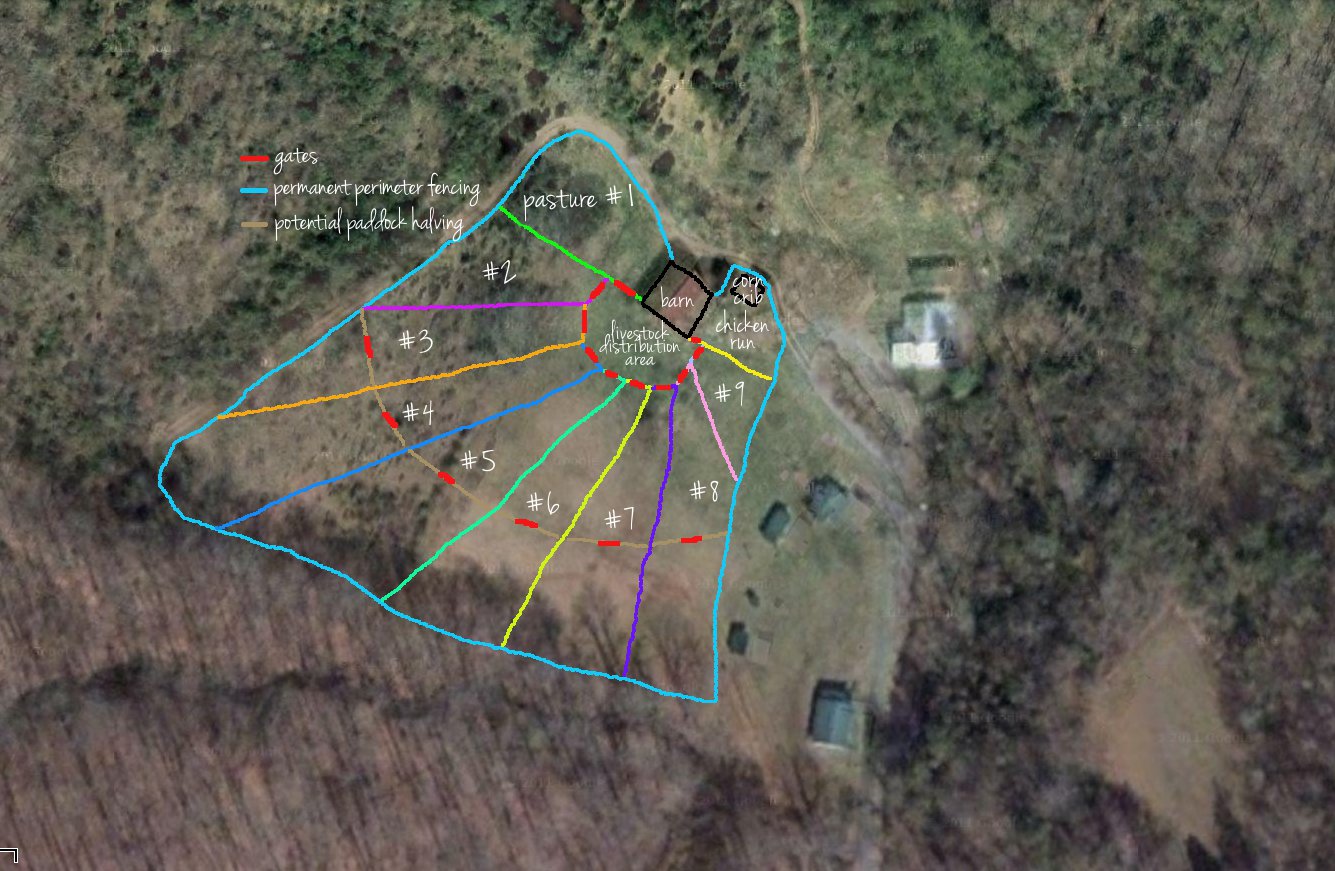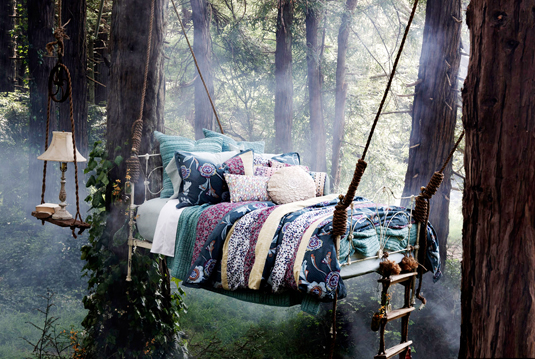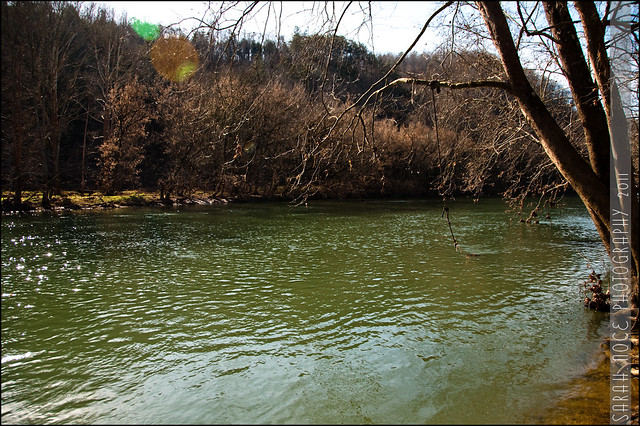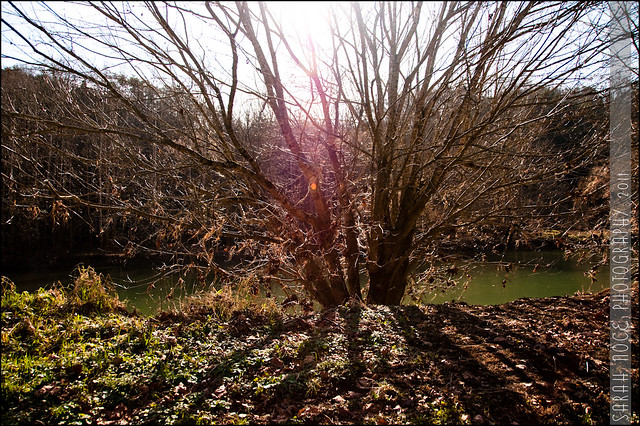True, I've been ignoring my mountainstead ramblings, but I certainly haven't been ignoring the mountainstead itself. This is probably partly because there are so many ideas and future projects and potential plans related to the the land swimming through my head right now that I feel a bit at a loss as to what to blab about next.
Whatever, I'm just going to spew forth a bunch of brain activity and y'all can sort it out to your liking.
First off, we've decided to move to the holler in 2012 (we originally were planning on 5 to 10 years down the road, then it was 3 to 5, and then it was 2) . We're of the mindset to not force anything if it doesn't work out that way for whatever reason, but that is our goal. We will be putting our house on the market in late Spring or early Summer to hopefully tap the peak buying season. We briefly considered renting it out and had some options there, but none panned out. Obviously, this is probably the worst time in history to sell a house, but we hope to at least break even, and that is a price we're willing to pay to get out this year. While it might make more sense to continue saving and wait the market out, you only live once dammit, and we're okay with sacrificing some extra dollars for freedom at our mountainstead paradise. Talk to me again in nine months when I still haven't figured out how to make any money, and I may be singing a different tune, but Jay and I are on the same page with this issue, so at least we've got that going for us.
Getting a house ready for sale is a big, fat pain in the ass. All those little things that need to be fixed that you ignore on a daily basis are suddenly not so little any more. Case in point, we have a gutted bathroom (not so little now that I think about it) that's been sitting that way for far too long. But when you have two other bathrooms to utilize, electronics, gardening adventures, traveling, entertainment, and toys in general seem so much more appealing to spend money on. I'm not complaining - we've been putting things off that now need to get done, but sheesh, it's a real bucket list. Let's just say I'm going to be doing a lot of painting in the next month or so (and it's not like I haven't already painted a thousand fucking walls already).
Anyway, to keep our spirits high, we booked another trip out in April and are super excited to see the holler in all its Springtime glory. We're looking forward to flying into the Tri-Cities airport instead of Knoxville since it's 30 minutes closer, and you can bet your permaculture ass that I finagled our miles into first-class seats in that cramped steel tube again. I would honestly rather drive than sit in coach ever again - what a snob! Unfortunately for us, we won't be accruing miles at anywhere near the rate we do now once we move, but that's okay because I don't think we're going to be doing much flying anyway because we will already be in paradise.
We don't really have a list of things to do (yet) like last time (something to sit and sleep on, for example), so it is more of a vacation than a setting-up-shop trip. I did, however, learn that I might want to try planting some jerusalem artichokes and possibly other delicious fodder in the pasture area I've chosen for our future swine, so I will be fervently researching that before our trip.
I think I might also buy a can of biodegradable inverted spray paint so that I can outline my future garden according to this piece of OCD planning psycho-ness:
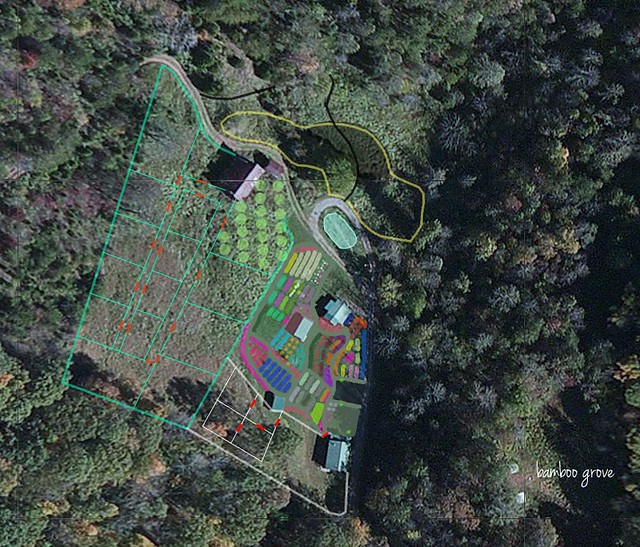 |
| I just can't help myself. |
This is what happens when you buy land and have to wait a bit before moving to it. You enter Mitsy McPlanner overload mode.
Funnily enough, I had another version before this one but ended up scrapping the whole thing because it was based on Google aerial imagery, and then I discovered that Bing recently updated their maps with imagery from FALL 2011. I texted Jay immediately about this newfound fortune, and he responded with a simple smiley face because he knows his wife is totally batshit crazy. Good man, he is.
To summarize the above diagram (since it's hard to fit text in there, even with Bing's incredible satellite resolution):
- The left side is comprised of livestock paddocks and paths leading from the barn (I had to reconsider my sunburst paddock design because someone much smarter than me advised that long, skinny paddocks can be troublesome)
- The big green polka dot grid is fruit trees (and potential forest garden) on a north-south axis for maximum sun (I'm not totally sure if I have this right - hell, I don't know if I have any of this right!)
- The yellow outline is the pig pasture, which I intend to segment further into paddocks (with the giant chestnut tree's day-long shade pattern colored in dark gray so I can make sure the piggies get adequate shade in each paddock)
- The teal blob is a pond, although I really don't think a pond would be very practical (I just want some water to sit in so maybe we'll make a hillbilly hot tub instead)
- All the pretty colors are raised beds with specific vegetables and fruits, the legend to which ONLY I KNOW and you're better off not knowing anyway so you can't make fun of me, but suffice to say, they are grouped according to height (so crops are not shaded unless intended so) and mutually beneficial characteristics (aka, companion planting), among other things
- Jay requested that some of the existing turf be kept, so I've devoted a few nice lawn spaces for purely aesthetic purposes and naked sunbathing (you can now understand the benefit of living in a private holler)
- The dark gray shaded area above the big cabin is for automobile parking
- The white outline at the bottom is fencing for the dogs because I still don't fully trust the big red dog. The white grid within is for my pet chickens that I probably can't put in with the future meat birds (with perimeter that the big red dog can patrol because nothing is going to mess with 180 lbs. of monster dog)
- The meat chicken flock will likely reside in a portable coop within the paddocks alongside whatever other livestock we graze there
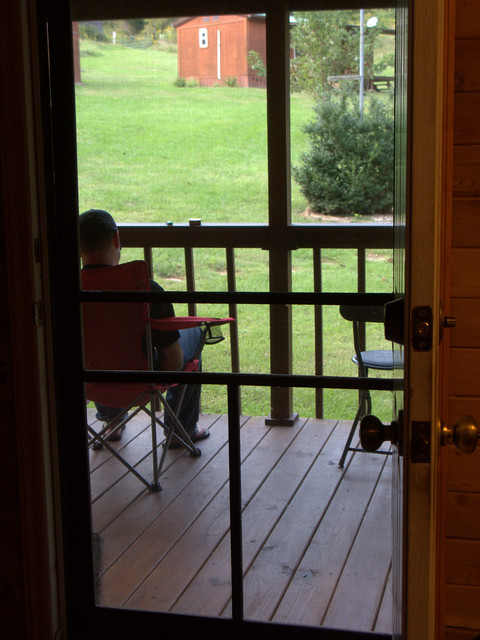 |
| SOON. |
Peace out,
Mitsy





